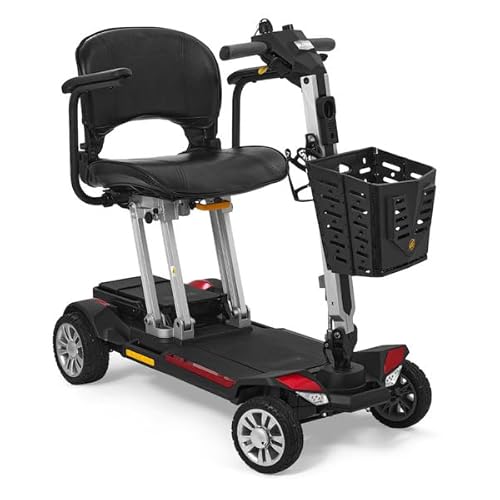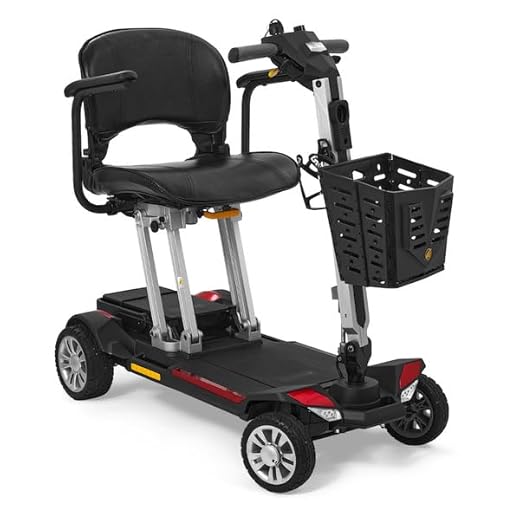



Placing additional power sources in the hold is generally not permitted due to safety regulations. These sources typically contain lithium, which poses a risk of ignition. Transporting them in the cabin is advised, as they must remain accessible in case of emergencies.
Airlines often limit the quantity and capacity of these power cells allowed in carry-on compartments. Usually, it’s advisable to keep them under specific watt-hour ratings, typically around 100Wh for most major carriers. Always verify individual airline policies to ensure compliance.
For items like traditional alkaline or nickel-metal hydride designs, check if there are weight or quantity restrictions. Pack them securely in protective cases to prevent short-circuiting. It’s essential to familiarize yourself with the Department of Transportation’s guidance concerning these components.
Transporting Extra Power Sources in Checked Bags
Transporting additional power sources in checked baggage is strictly regulated. Most airlines prohibit the inclusion of lithium-ion and lithium metal types in such compartments due to fire hazards.
When traveling, adhere to the following guidelines:
- Keep units in carry-on bags whenever possible.
- If necessary to place in cargo, ensure they are securely protected to prevent short circuiting.
- Limit the capacity of lithium-ion batteries to a maximum of 100 watt-hours per item.
- For devices with higher capacities, seek prior approval from the airline.
One must also consider local regulations upon arrival at the destination, as some countries may enforce additional restrictions on power sources. Always check with the specific airline and local laws for compliance prior to travel.
Understanding Airline Regulations on Battery Transportation
Transporting batteries securely is critical when flying. Regulations vary by airline and country, emphasizing the need for travelers to familiarize themselves with specific rules. Always check with the airline before your trip for the most accurate information regarding battery regulations.
Types of Batteries and Their Limitations
Lithium-ion and lithium metal batteries have specific guidelines. Airlines usually allow lithium-ion batteries under 100 watt-hours (Wh) in carry-on bags, while those between 100 and 160 Wh often require airline approval. Batteries exceeding 160 Wh are typically prohibited during air travel. Non-rechargeable lithium batteries face a similar ban on larger models.
Placement and Safety Measures
For safe transport, place batteries in their original packaging or cover terminals with tape to prevent short-circuiting. It’s advisable to keep them within cabin baggage instead of stowing them in the hold, where temperature fluctuations may pose risks. Always pack devices that contain lithium batteries, such as laptops or cameras, separately for better protection.
When planning a trip, whether for an adventure in Europe or finding the best luggage for Italy trip, ensure that all battery guidelines are followed meticulously. Safety protocols protect both your belongings and fellow passengers.
For families traveling with children, considering the best umbrella fold double stroller can help manage gear that includes multiple battery-operated devices.
Types of Batteries Allowed in Checked Luggage
Lithium metal and lithium-ion types are the most commonly scrutinized. Lithium-ion can generally be transported when the watt-hour rating does not exceed 100 Wh. Specific quantities may be restricted to a maximum of two spare units in your main compartments.
Non-rechargeable Batteries
Non-rechargeable batteries, such as alkaline or zinc-carbon, are acceptable. These types do not face strict limitations, making them suitable for travel in the cargo hold. However, ensure they are safeguarded from short-circuiting. Use original packaging or tap the terminals to prevent contact in transport.
Rechargeable Variants
Rechargeable packs, including those used in cameras or other devices, must adhere to limits based on watt-hours. Units above 300 Wh are typically prohibited in a cargo area. Always consult the airline for specific allowances and guidelines, particularly for items such as power banks. For photography enthusiasts, consider this best digital camera for 2000s look that utilizes standard batteries.
Size and Capacity Limitations for Spare Batteries
For transport in the hold, specific dimensions and power ratings are mandated. Generally, cells and accumulators with a capacity of up to 100 watt-hours (Wh) are permitted without special permissions. Each passenger can usually include a maximum of two larger units, ranging from 100 Wh to 300 Wh, subject to airline approval.
Size Guidelines
The standard size limit for non-rechargeable and rechargeable variants set at 100 Wh means devices like laptops and power banks typically qualify for transport. Units exceeding this threshold but below 300 Wh require airline consent prior to travel.
Capacity Restrictions
The watt-hour rating can be confirmed using the formula: voltage (V) multiplied by amp-hour (Ah). For example, a battery rated at 12 volts and 8 amp-hours translates to 96 Wh, which fits standard limits.
| Battery Type | Capacity Limit (Wh) | Permissible Quantity |
|---|---|---|
| Non-rechargeable | Up to 100 | No limit |
| Rechargeable (100 Wh – 300 Wh) | 100 to 300 | 2 (with airline approval) |
In addition, all units must be securely wrapped to prevent short-circuiting. Proper packaging ensures safety during transit and compliance with regulations. Check with the respective airline for any unique requirements concerning battery transport.
Packaging Requirements for Checked Battery Transport

For safe transport of power cells, adhere to the following packaging guidelines:
- Use Suitable Containers: Place each power source in a protective casing to prevent short-circuiting. Manufacturers’ original packaging is often designed for this purpose.
- Avoid Loose Items: Avoid placing multiple cells loose in a bag. Instead, secure them in individual compartments or use padded cases.
- Insulation: Ensure terminals are insulated. Use tape to cover exposed terminals, preventing accidental contact with metal objects.
- Identification: Clearly label the containers with battery type and warning symbols. This helps in quick identification during security checks.
Weight and Volume Constraints
Check the maximum weight limit for individual power packs. Each airline may have specific restrictions, often related to watt-hour ratings.
Familiarize with Airline Policies
Review specific airline regulations; some may have additional requirements regarding dimensions or weight. It’s advisable to confirm details prior to travel.
Consequences of Violating Battery Transport Rules
Failure to adhere to regulations regarding the transportation of power sources can result in significant repercussions. Airlines may impose penalties, including fines or bans from future flights. Security personnel have the authority to confiscate non-compliant items, leading to potential loss of property.
Legal Implications
Infringement of battery transport guidelines can result in legal action. Certain jurisdictions impose strict penalties for violations, which might include hefty fines or criminal charges, especially if the actions are deemed endangering to public safety.
Operational Disruptions
Disallowed items can trigger unexpected security delays, affecting both the individual and fellow travelers. Flights may be delayed or even canceled due to security concerns. Such disruptions can lead to missed connections and additional costs associated with rebooking travel arrangements.
Awareness of specific airline protocols and applicable laws is essential to prevent these adverse outcomes. Always verify that your power sources meet transportation standards to ensure smooth travel experiences.
Best Practices for Traveling with Spare Batteries
Store cells in their original packaging whenever possible. If that’s not feasible, utilize protective cases to prevent any short circuits. Ensure that terminals are shielded by using tape over the contacts or placing them in separate plastic bags.
Battery Quantity Limits
Check regulations for the allowed number of units per passenger. Many airlines limit the amount of energy-dense cells. Adhere to these guidelines to avoid confiscation during security checks.
Documentation and Labeling
Carry information about the specifications and type of power sources in your carry-on. Provide labels that detail their specifications, especially when carrying high-capacity pieces. This will facilitate easier communication with airline staff if needed.








